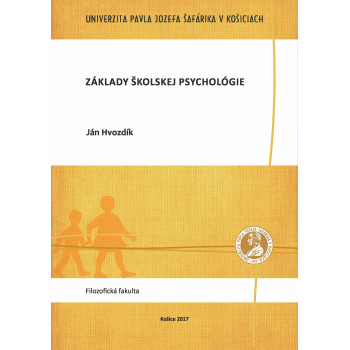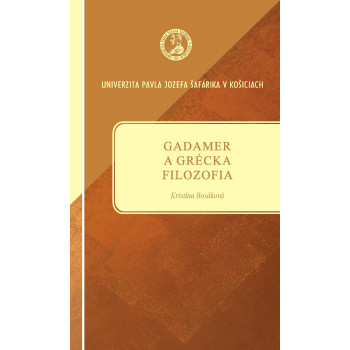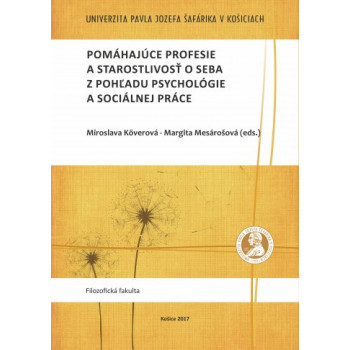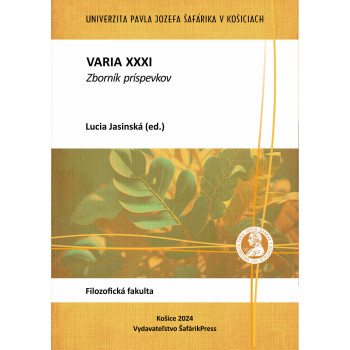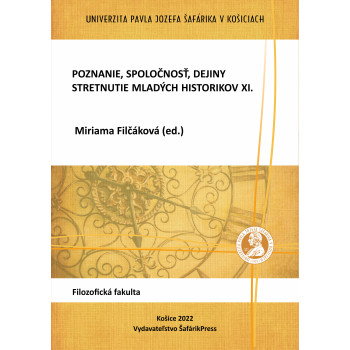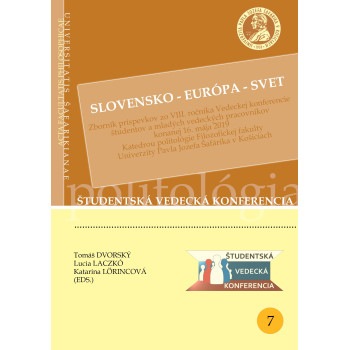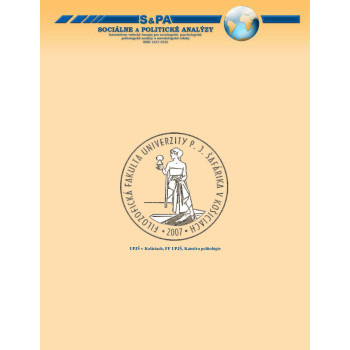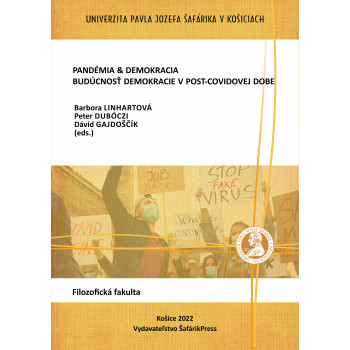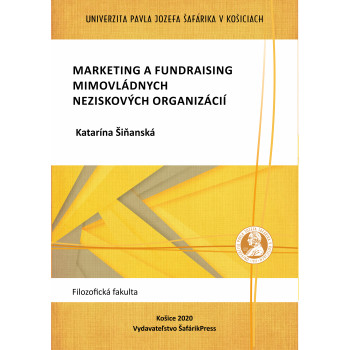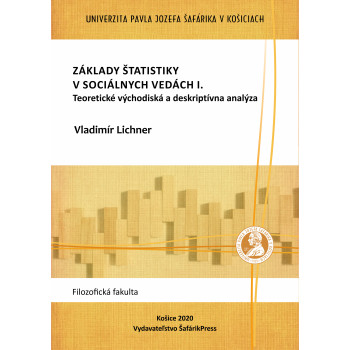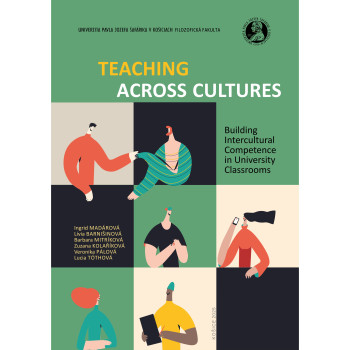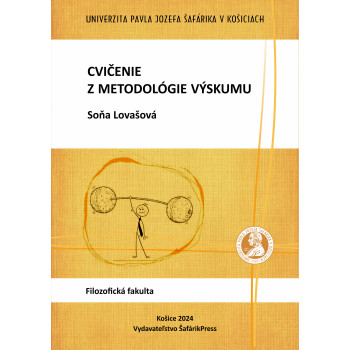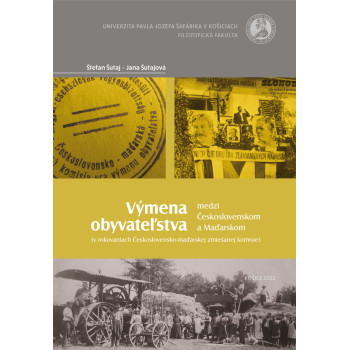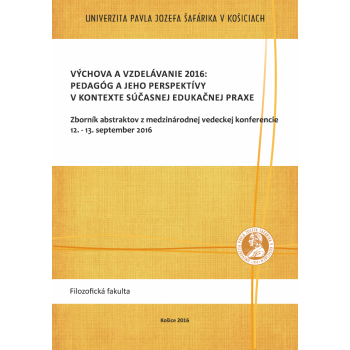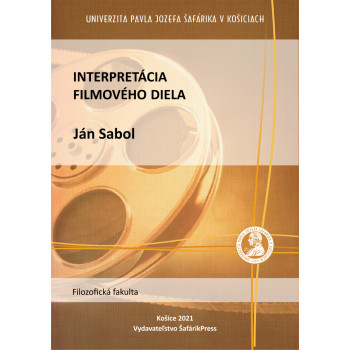
Základy školskej psychológie
E-book
With great interest, I read the proposal for the reissue of the monograph by Prof. PhDr. Ján Hvozdík, DrSc., Základy školskej psychológie (Foundations of School Psychology). It was an honor for me to be part of the editorial board for the new edition of the textbook.
The reissue comes at a time when school psychology seems to be experiencing a renaissance in its application. This is no coincidence, as the professor’s conception of school psychology as a theoretical-applied and integrated psychological discipline strives not only directly but also indirectly, through the pedagogical practice of teachers, to influence specific situations in educational practice within the school environment. From my perspective, I also appreciate the attention given in the textbook to the ever-relevant topic of self-directed learning, that is, the autodidactics of pupils and students. School psychology has become a core subject, within which its specializations are also realized.
It is worth mentioning the fact that, under the conditions of totalitarianism, the professor was not a member of the Communist Party of Czechoslovakia, and yet he made significant contributions to the development of school counseling, both in theory and in practice, which commands respect and admiration. The reissue of the textbook is not an apology but rather a celebration of his positive contributions.
prof. PhDr. Ján Grác, DrSc.



